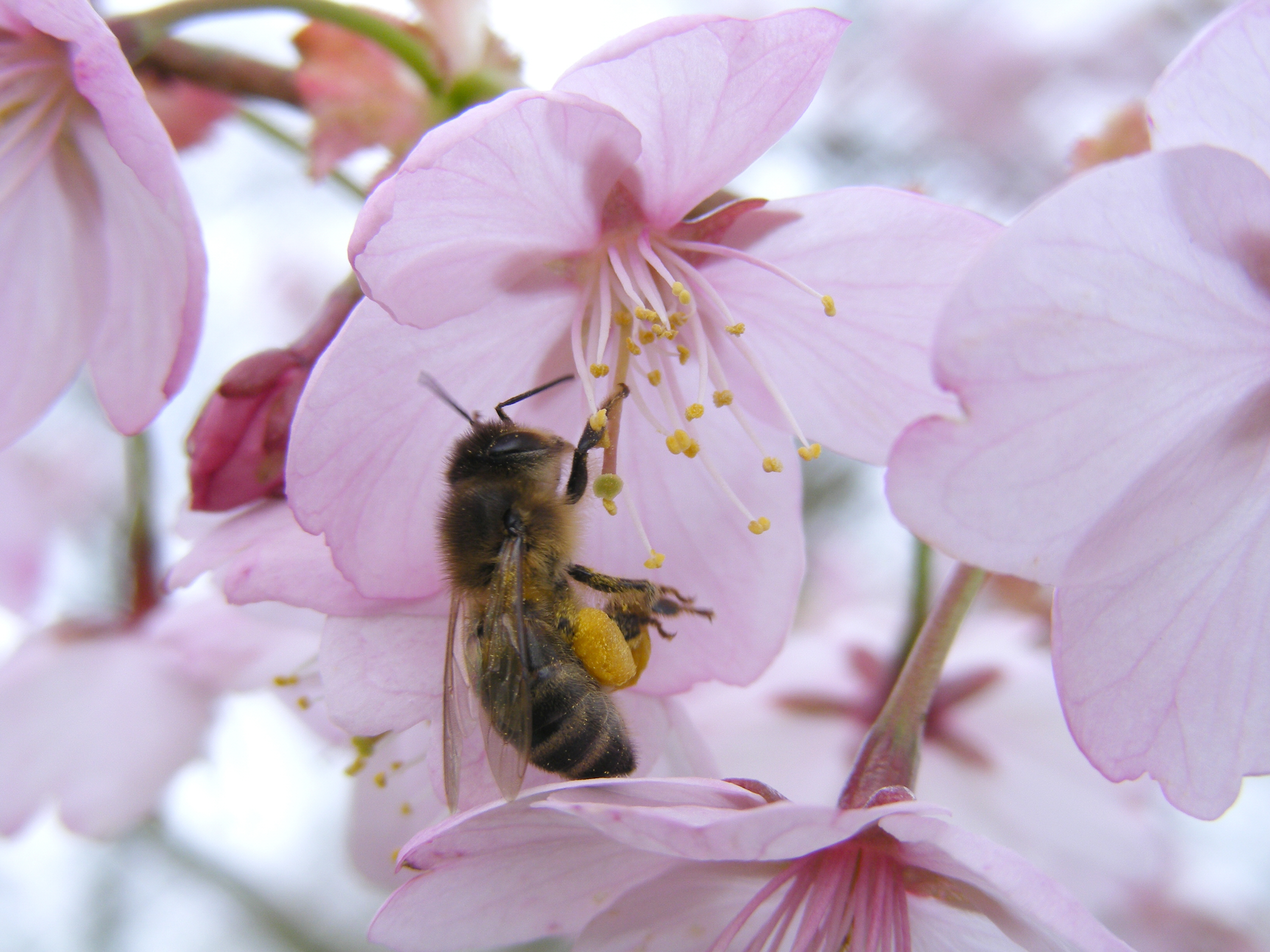
Dear Haijin, visitors and travelers,
It's Saturday again and it's time for our bi-weekly feature "little creatures". As you all know (maybe) Kobayashi Issa (1763-1827) is THE haiku-master of the little creatures. Issa wrote a lot of haiku about the little creatures like bees, bugs, fireflies and, as we will see in this episode, about dragonflies.
As I was preparing this episode I visited the Haikuguy website were you can find every haiku known and unknown written/composed by Kobayashi Issa. This visit I especially looked at dragonfly haiku. Why? I don't know ... just because I like Issa's dragonfly haiku I think. I think the "dragonfly"-haiku which I have chosen for this episode is one of his most beautiful haiku on dragonflies.
 |
| Credits: Rice Blossoms |
the
dragonfly too
folds hands in prayer...
rice blossoms
(c) Kobayashi Issa
The
"too" (mo) implies that a farmer, perhaps Issa, is the other person
in the scene offering a prayer of thanksgiving for the good rice crop, that now
has gone to blossom and is ready for harvest. The dragonfly joins in. Issa's
poem deserves to be read at face value: this dragonfly really is praying, not
just seeming to pray. The fact that its "hands" are rubbing together
is, of course, coincidental. But this prayer-like gesture captures Issa's
attention and leads him to conclude that the little dragonfly sitting in
stillness, perhaps on the blooming tip of a rice plant, is, in fact, praying.
If the key prayer in Pure Land Buddhism is one of gratitude for Amida Buddha's
saving grace--an experience of trusting in the Other Power of the Beyond while
letting go of selfish calculations--then the dragonfly, non-calculating,
surrendering to the wind, fully attuned to the present moment...is the purest
embodiment of prayer. (Source: Haikuguy.com)folds hands in prayer...
rice blossoms
(c) Kobayashi Issa
 |
| Credits: Qian Xuan - Early Autumn |
As you all know the goal of this Little Creatures feature is to write/compose an all new haiku inspired on this post and following the classical rules (as you can find in our CD Lecture 1) ... not an easy task I think ... but worth a try.
cherry blossoms bloom
first bees come to gather honey -
cherries in autumn
(c) Chèvrefeuille
What a joyful haiku this is, it has caught the the essence of the task of the bees ... I like this one ... how pretentious (smiles) ... As you all know I am not such a fan of the 5-7-5 syllables structure, but I have succeeded in this one ... and it was a struggle. I love to share a second version of this haiku, but than in (as I call it kanshicho-style):
cherry blossoms
bees gather honey
cherries in fall
(c) Chèvrefeuille
Which one do you like? Without influencing your ideas ... I like that 2nd version the most, because it's more my way of writing haiku.
 |
| Credits: Bee on Cherry Blossom |
This episode is open for your submissions today at noon (CET) and it will remain open until next Saturday February 28th at noon (CET).
Hello Chevrefeuille ---
ReplyDeleteYes -- the second haiku seems to be the 'better' of the two -- its simplicity works well.
And wow --- what a GORGEOUS woodblock. Stunning --- it would make a GREAT logo. :)
Love this little critter series and I could write ten haiku posts on this particular one. Actually will do and place in my haiga blog.
ReplyDeleteBTW, I posted an answer to your latest comment. Maybe that helps a little.